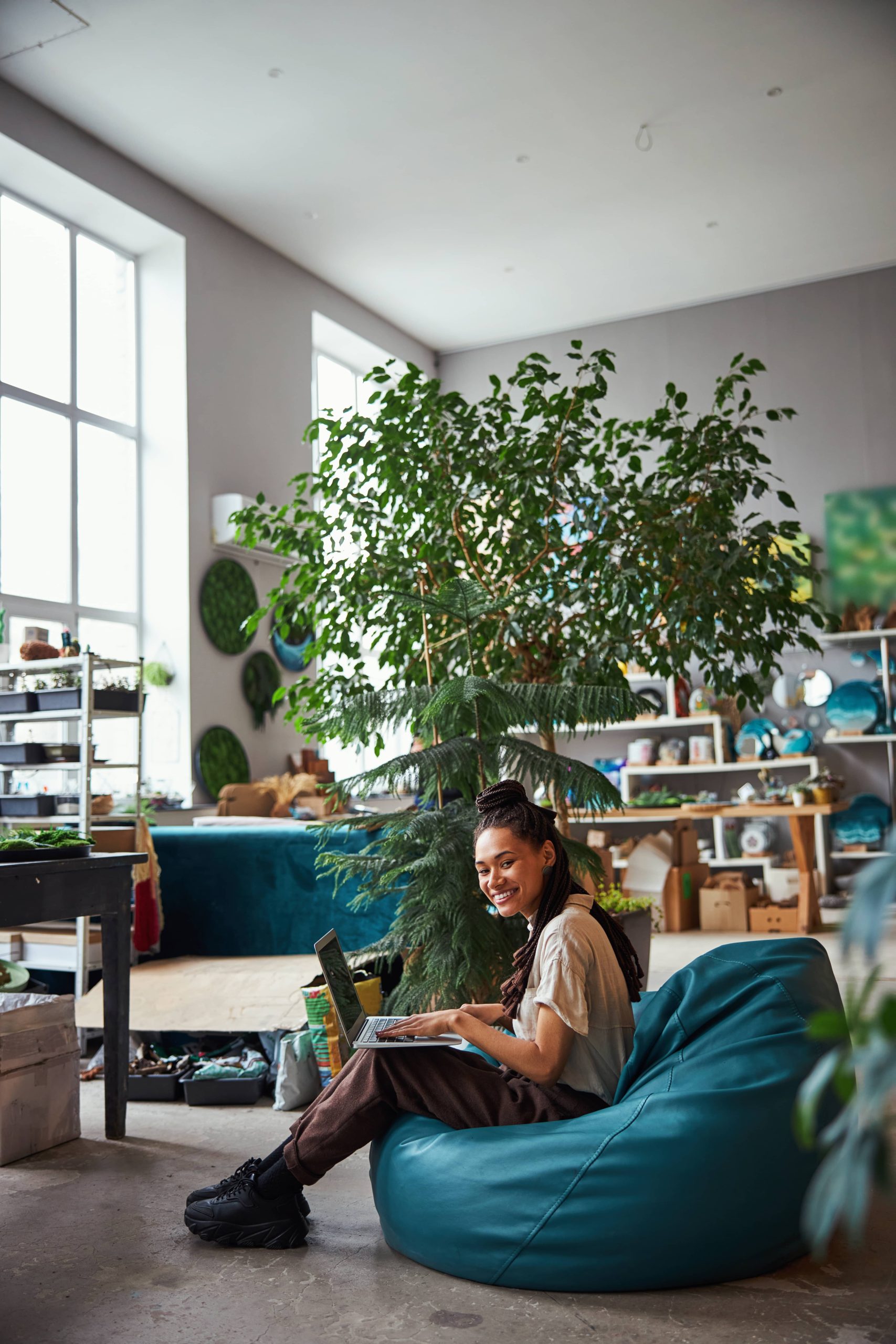
Indoor gardening and houseplants have become increasingly popular, gracing homes with their aesthetic appeal, improving indoor air quality, and offering mental health benefits. However, with their rising fame come several misconceptions about their care. These myths can deter enthusiasts and sometimes harm the very plants we cherish. Let’s bust some of these myths and guide you towards successful indoor gardening.
1. Myth: All Indoor Plants Thrive in Low Light
Many assume that since a plant is labeled as an “indoor plant,” it will thrive in low-light conditions. While some plants, like the snake plant or pothos, are more tolerant of low light, most houseplants require sufficient indirect sunlight. Remember, light is energy for plants, and insufficient lighting can stunt their growth and vitality. Position your plants closer to windows where they can receive bright, filtered sunlight.
2. Myth: Watering Every Day is Necessary
One of the most common mistakes in houseplant care is overwatering. Unlike outdoor plants that might need daily watering due to sun and wind exposure, indoor plants often thrive with less frequent watering. The key is to understand the moisture needs of each species. Some plants prefer their soil to dry out between waterings, while others might need consistently moist soil. Always check the top inch of the soil; if it’s dry, it’s time to water.
3. Myth: All Plants Need High Humidity
While many tropical plants benefit from higher humidity, not all houseplants require it. In fact, some plants, like succulents and cacti, prefer drier air. However, if you notice browning leaf tips on tropical plants, it might be a sign that your home is too dry. Humidity-loving plants will appreciate an occasional misting or, even better, placement near a humidifier.
4. Myth: You Must Fertilize Often For Best Growth
Fertilizing is important for plants, but many indoor gardeners mistakenly believe that more is better. Excessive fertilization can lead to an accumulation of salts, which can harm your plants more than help them. Typically, houseplants benefit from a feeding every four to six weeks during the growing season (spring and summer), and less so or not at all during the dormant period (fall and winter).
5. Myth: Indoor Plants Don’t Get Pests
It’s easy to think of the indoors as a pest-free haven. However, indoor plants can still fall victim to aphids, spider mites, and mealybugs, among other pests. Regular inspection of your plants is essential. If you spot any pests, isolate the affected plant and use appropriate treatments, such as insecticidal soap or neem oil, to manage the issue.
6. Myth: Bigger Pots Help Plants Grow Bigger
Many believe that repotting a plant into a much larger pot can give it the space it needs to grow bigger. However, oversized pots can lead to waterlogged soil, increasing the risk of root rot. Instead, choose a pot that is only slightly larger than the current one, providing additional space without overwhelming the plant’s root system.
7. Myth: All Plants Should Be Placed by the Window
Although light is crucial, not all plants should be directly next to a window. Some plants, like ferns and peace lilies, prefer lower light levels and can be scorched by direct sunlight. It’s important to assess the specific light needs of your plant and adjust their location accordingly. South-facing windows offer the most light, while north-facing windows tend to have less intense light.
8. Myth: Yellow Leaves Always Mean Overwatering
While yellow leaves can indicate overwatering, they might also signify various other issues, such as underwatering, nutrient deficiencies, or even a natural shedding process as the plant grows. Carefully assess the conditions, including checking for soil moisture and observing new growth, to determine the actual cause before making adjustments.
9. Myth: Houseplants Clean Humidify the Air
While it’s true that some plants improve indoor air quality by filtering toxins, the extent of this purification in a typical home setting is often overstated. Yes, plants like the peace lily, spider plant, and Boston fern can help clean the air, but a large number of plants would be needed to make a significant impact. Additionally, while plants release moisture, their role in humidifying a home is limited without a substantial number.
10. Myth: Indoor Gardening is Effortless
While indoor gardening can be simpler than outdoor gardening, it still requires effort and attention. Each plant species has its individual needs, whether it be light, water, soil type, or humidity. It’s not just about placing a plant on a shelf and forgetting about it. Regular care, observation, and adjustments based on seasonal changes are all part of nurturing a thriving indoor garden.
Embracing the Realities of Indoor Plant Care
As you tend to your lush indoor jungle, remember these truths to avoid falling into the trap of these common myths. By understanding the specific needs of each plant, providing the right environment, and being observant, you can enjoy healthy and flourishing houseplants. Indoor gardening, when approached with the right knowledge, can be both a rewarding and enriching experience, turning your home into a serene and verdant sanctuary.













